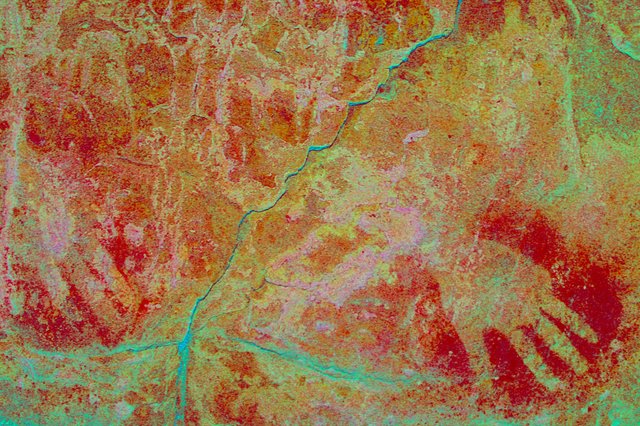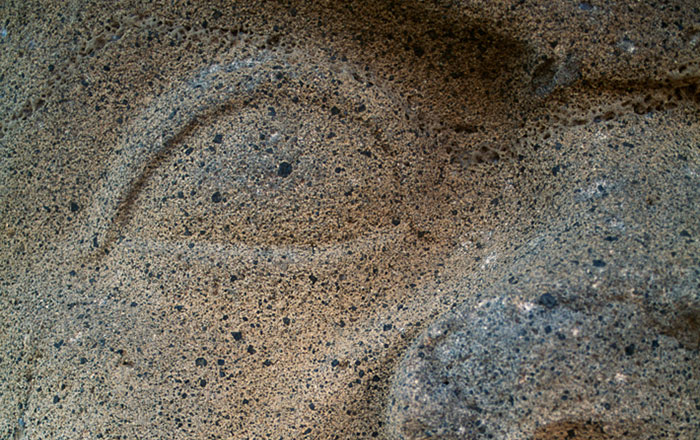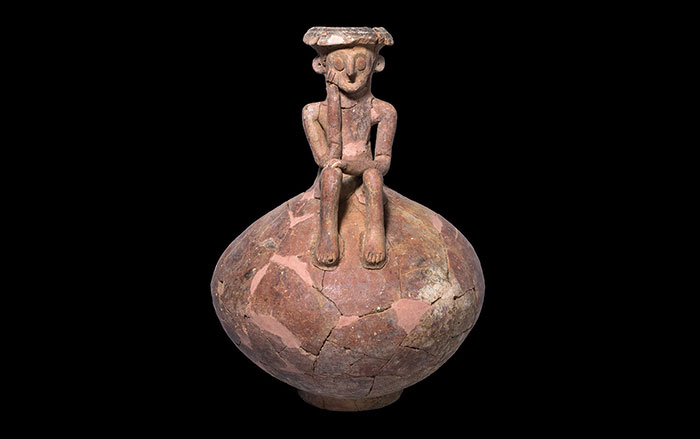
A team of archaeologists is attempting to catalog all of the prehistoric hand paintings in European caves, according to a report in Seeker. The team, led by Hipolito Collado, head of archaeology for the government of Extremadura, Spain, is taking scans and high-resolution photos of the hand paintings and then posting them in a 3-D format in an online database where researchers around the world can access them. “It’s about making inaccessible art accessible,” said Collado. Among the questions he hopes to answer are: Why did early people paint hands in caves? Were they trying to mark territory? Do the paintings have anything to say about the role of Paleolithic women? Why are fingers missing from the hands in some of the paintings? According to Collado, painted hands have been found in 36 caves in Europe—all in France, Spain, and Italy. To read more about hand stencils found on the Indonesian island of Sulawesi, go to “The First Artists.”











